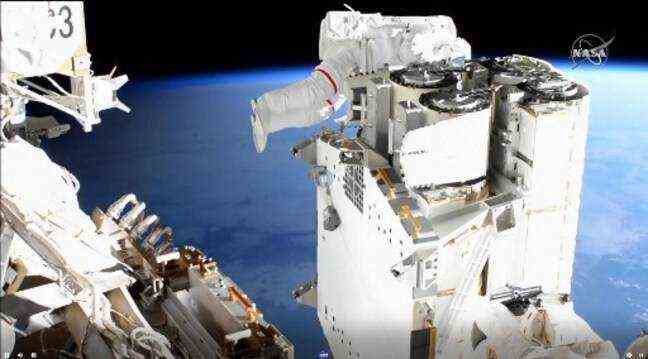We must undoubtedly see a Thomas Pesquet effect. Because it is from France that
European Space Agency (ESA) received the most applications to join its new astronaut battalion. And not just a little. More than seven thousand (7,137) French people sent their CV to ESA, which launched its recruitment campaign on March 31. This is almost twice as much as the Germans (3,700). Then come the British (1.979), the Italians (1.860), the Spaniards (1.344).
+ 268% of CV compared to 2008, + 421% of candidates
As a reminder, the European space agency wants to recruit at least four Europeans – perhaps six – to expand its current “pool” of seven astronauts, including, therefore, the Frenchman Thomas Pesquet. This is the first time since 2008 that ESA has launched a recruitment campaign of this magnitude.
Sign that Space interests more and more, the ESA had received, in 2008, 8,413 CV, against 22,589 this time. That is to say an increase in applications of 268%, welcomes the ESA. Women also applied much more than in 2012, even if we are still far from parity. They represented only 15.3% of the candidates (1,287) twelve years ago, against 24% this time (5,419). It is + 421%, details, again, the ESA. “In Estonia, we even reach 38.6% of candidates,” explains Guillaume Weerts, head of the support team of the Center for European Astronauts and Space Medicine. The Netherlands are above 30.1%, Germany and Great Britain are at 28%. France, it, at 23.3%, or all the same 1,662 candidates. Again, a record.
1,500 candidates kept for the test
The following ? It will unfold in six steps to get the best profiles from these 22,589 HP. The skimming will be tough. Several preselection cycles will be carried out on the basis of the documents and the questionnaire that the candidates submitted when submitting their CV. This is stage 1, at the end of which “we plan to keep 1,500 candidates,” says Antonella Costa, Human Resources at ESA. It may not seem like much, but we are subject to cost and time constraints. “
A battery of tests will follow for the lucky winners. “Psychological first, then, in step 3, psychometric tests and practical tests,” explains Antonella Costa. It doesn’t stop there. Stage 4 will be that of medical selection. ESA will test the physical and mental capacities of the candidates still in the running against international medical standards for long-duration astronaut missions.
The winners known in October 2022
If you’ve held the tide, you’ll still have to face two rounds of upkeep. The first to test your technical and behavioral skills. “At this stage, your diplomas will be checked, as well as your criminal record,” warns the ESA. The second will take place in the office of ESA Director General Johann-Dietrich Wörner. This will be step 6. The last one, then. The European space agency plans to be able to announce the names of its new astronauts in October 2022.

